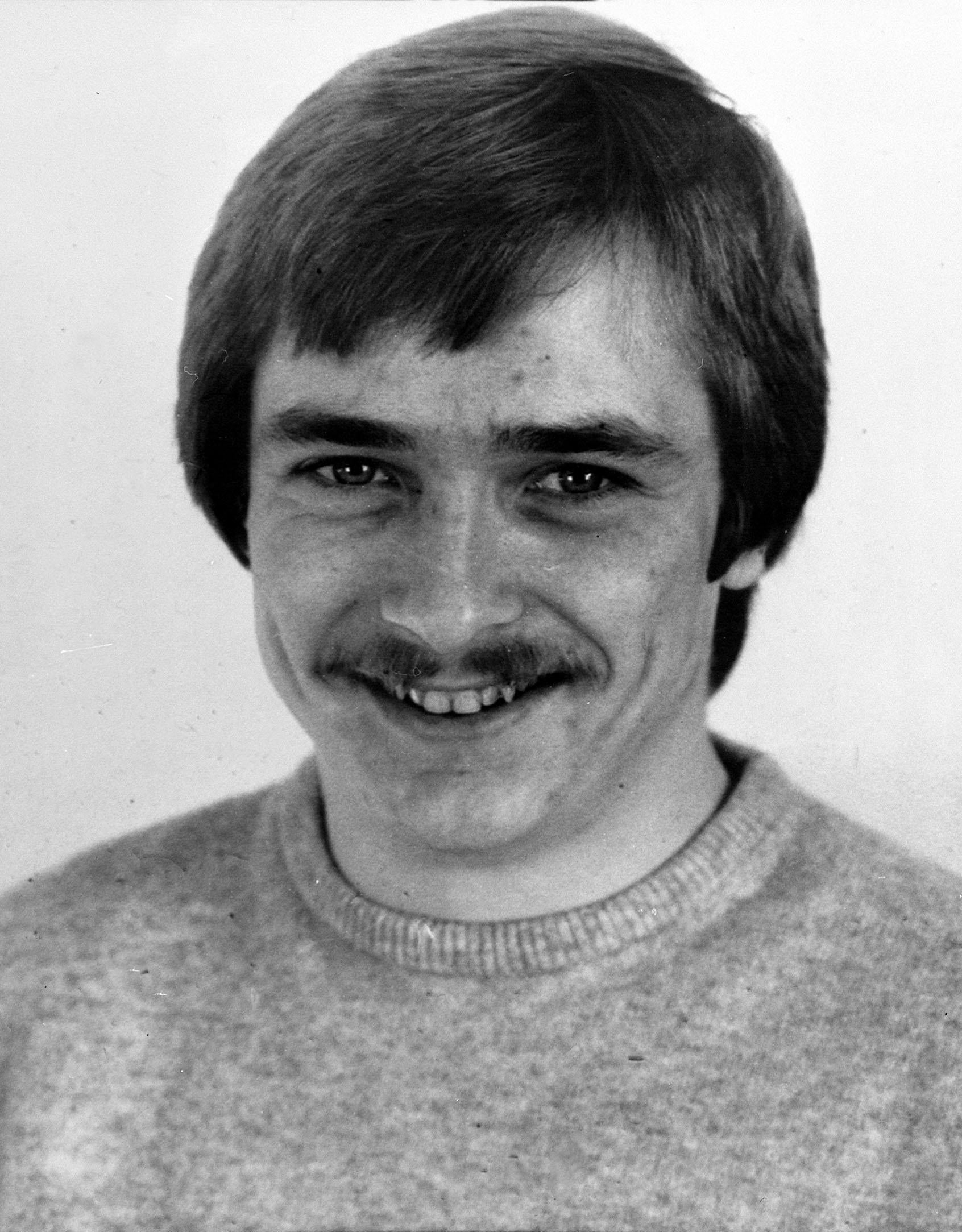Russell Bishop – the ‘wicked’ child killer
During his 2018 trial, prosecutor Brian Altman QC described him as ‘an abusive, aggressive, controlling man’.

Your support helps us to tell the story
From reproductive rights to climate change to Big Tech, The Independent is on the ground when the story is developing. Whether it's investigating the financials of Elon Musk's pro-Trump PAC or producing our latest documentary, 'The A Word', which shines a light on the American women fighting for reproductive rights, we know how important it is to parse out the facts from the messaging.
At such a critical moment in US history, we need reporters on the ground. Your donation allows us to keep sending journalists to speak to both sides of the story.
The Independent is trusted by Americans across the entire political spectrum. And unlike many other quality news outlets, we choose not to lock Americans out of our reporting and analysis with paywalls. We believe quality journalism should be available to everyone, paid for by those who can afford it.
Your support makes all the difference.Russell Bishop was seen as a “cowardly” paedophile who spent most of his adult life in denial over the Babes in the Wood murders.
During his 2018 trial, prosecutor Brian Altman QC described him as “an abusive, aggressive, controlling man” who was capable of “extreme sexual violence”.
But when called to account for his crimes, the predator hid behind “cowardly” lies and even cast himself as the victim before refusing to carry on.
Growing up in Brighton on the south coast, Bishop was the youngest of Sylvia and Roy Bishop’s five sons.
Mrs Bishop, described in court as a “domineering” matriarch, was a successful international dog trainer and wrote a training manual.
Bishop’s roofer father was wrongly suspected in 1978 of being the “Beast of Stanmer Park”. He had been arrested but never charged over the unsolved rape and murder of Brighton woman Margaret Frame, who went missing in the park and was later found buried in a shallow grave.
Fearful of history repeating itself, he even warned his son not to get involved in the search for the missing girls in 1986, the court was told.
As a child, Bishop struggled with dyslexia and told jurors he had difficulty reading and writing and with “problem solving”.
At 5ft 5in and weighing just over 10 stone, in 1986 Bishop sported a moustache and was said to be charming.
He lived with his partner Jennie Johnson and their infant son Victor in Stephens Road, Brighton, while also carrying on a relationship with 16-year-old Marion Stevenson, who was “besotted” with him.
Bishop and Ms Johnson were said to be keen CB radio users, going under the handles “Silver Bullet” and “Panda Bear”.
While Ms Johnson worked as a cleaner at American Express Bishop variously held down jobs as a roofer and turned to petty theft and motoring crime.
In her evidence, Ms Stevenson suggested he had attacked Ms Johnson several times, knowing she was pregnant with their second baby.
He was said to be “motoring mad” and would spray-paint cars in his spare time, as well as play football in the park, go night fishing and smoke cannabis.
Bishop was rounded up by police investigating the IRA Grand Hotel bombing in 1984 but was soon discounted as a serious suspect, the Old Bailey heard.
He knew both Nicola Fellows and Karen Hadaway’s families and the girls were befriended by Ms Stevenson.
Bishop, who went on to have three children, was just 20 when he crossed the line from petty thief to violent paedophile.
Even before the murders, his behaviour towards young girls was a cause for concern.
The court heard how he had lusted after girls doing handstands in the park, saying “wait until she is 13 or 14”.
He also got to know an 11-year-old girl in 1985, whom he went on to groom for sex in a series of letters while he was in prison awaiting trial two years later.
In childish handwriting, he peppered his love letters with hearts and kisses, while bragging about his sexual prowess, telling the girl he was “a man not a boy”.
On his release, Bishop faced a barrage of animosity in the community, with windows smashed and petrol put through his letter box.
He claimed he became mentally ill as a result and even considered taking his own life.
In 1990, he decided he “might as well” do what he had been accused of, and snatched a seven-year-old girl, he told jurors.
Bishop denied he was a paedophile, and claimed he acted out of vengeful rage and wanted to “belittle and shame her” when he attacked her at Devil’s Dyke, on the South Downs in Sussex.
But Detective Superintendent Jeff Riley, who led the cold case investigation, said his evidence summed up his “wicked” nature, describing him as arrogant and “massively dishonest”.
During his incarceration, Bishop was left in a time warp as a category A prisoner with little or no experience of the world.
He piled on the pounds and pumped iron as he first launched an appeal, then applied for release from the Parole Board, all without success, before being ordered to face a retrial for double murder.
He spent his final days in HMP Frankland in County Durham before dying in hospital. It is understood he had cancer.